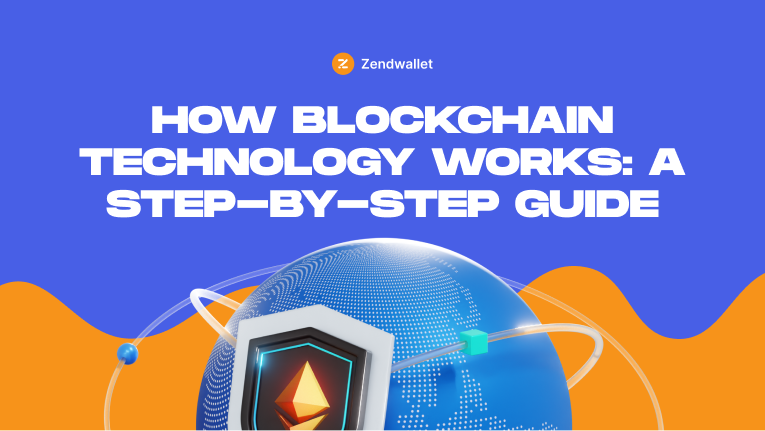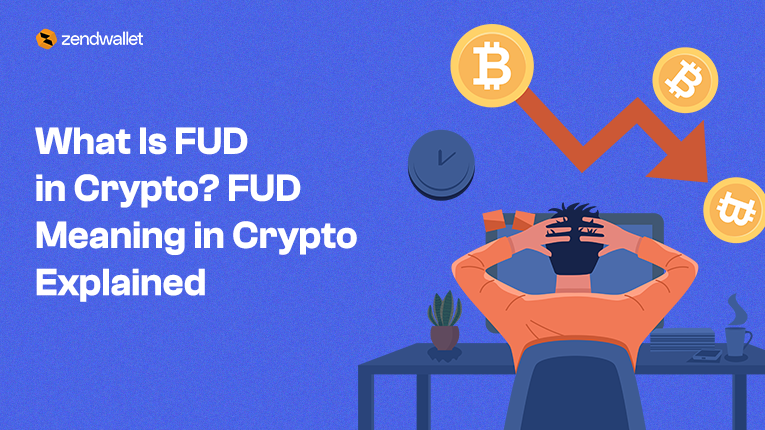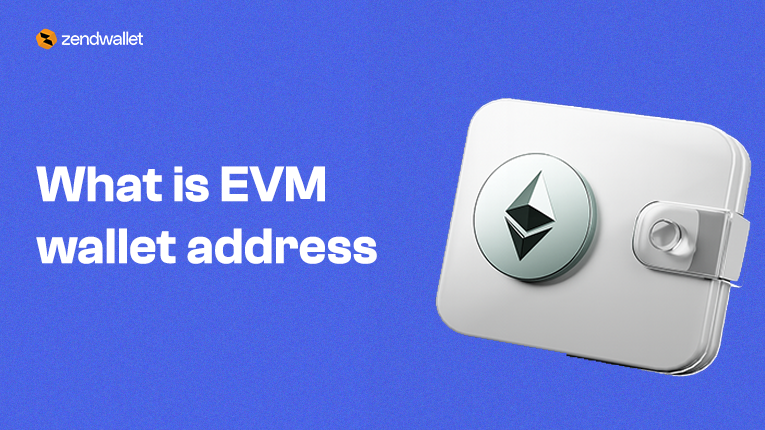Blockchain technology securely stores transactional information by linking blocks in a specific cryptographic order.
It offers security, decentralization, and transparency, making it an ideal safe storage solution.
This guide will explain blockchain in detail, breaking its complex processes into easy-to-understand stages on how blockchain Technology Works .
What is Blockchain Technology?
Blockchain technology is a decentralized, distributed ledger system that records transactions across multiple computers so that the record cannot be altered retroactively without altering all subsequent blocks and the network consensus.
This technology underpins cryptocurrencies like Bitcoin but has broader applications in various fields.
The Basic Principles of Blockchain
At its core, blockchain operates on the principle of decentralization.
Instead of relying on a single central authority, each transaction is verified by multiple computers (nodes) across the network.
This verification process, known as consensus, ensures the validity and security of the data.
How Blockchain Technology Works Step by Step with Diagram
Step 1: Transaction Initiation
Transaction Creation: The process begins when a user initiates a transaction. This could be anything from sending cryptocurrency to another user to recording a contractual agreement. The user creates a message that details the transaction specifics.
Transaction Signing: To ensure authenticity and integrity, the user signs the transaction with their private key. This creates a unique digital signature that can be verified but not forged.
Step 2: Transaction Broadcasting
Broadcast to Network: The signed transaction is then broadcast to the blockchain network. This means it is shared with all participating nodes (computers) in the network.
Verification by Nodes: Each node that receives the transaction verifies its validity. This involves checking the digital signature and ensuring the sender has sufficient balance for the transaction.
Step 3: Transaction Validation and Block Formation
Transaction Pool: The nodes collect valid transactions into a pool of unconfirmed transactions.
Block Creation: Specialized nodes known as miners or validators collect these unconfirmed transactions to form a block. This involves selecting transactions and preparing them for the next step.
Step 4: Consensus Mechanism
Consensus Algorithm: The blockchain network employs a consensus mechanism to agree on the validity of the new block. Popular algorithms include Proof of Work (PoW) and Proof of Stake (PoS).
Proof of Work (PoW): Miners compete to solve a complex mathematical problem requiring significant computational power and energy. The first miner to solve the problem gets to add the block to the blockchain and is rewarded for their effort.
Proof of Stake (PoS): Validators are chosen based on the amount of cryptocurrency they hold and are willing to “stake” as collateral. This process is less energy-intensive than PoW and relies on economic incentives to maintain network security.
Step 5: Block Addition to Blockchain
Block Verification: The miner or validator who successfully creates the block broadcasts it to the network.
Consensus and Agreement: Other nodes verify the new block. If it is deemed valid, it is added to the existing blockchain.
Step 6: Transaction Confirmation
Confirmation: The transaction is now confirmed and recorded in the blockchain. This block becomes part of the permanent, unchangeable ledger.
Propagation: The updated blockchain is propagated throughout the network, ensuring all nodes have the latest version.
Step 7: Security and Integrity
Immutability: Each block contains a cryptographic hash of the previous block, creating a secure link between them.
This ensures that any attempt to alter a transaction would require changing all subsequent blocks, an almost impossible feat.
Distributed Ledger: Blockchain’s decentralized nature ensures no single point of failure. The distributed ledger is resilient against tampering and fraud, maintaining the integrity and security of the data.
Blockchain Architecture
When investigating the DNA of blockchain architecture, several aspects contribute to this technological marvel.
These include the blockchain platform, nodes, transactions that makeup blocks, security implementations, and adding new blocks to the chain.
The blockchain technology architecture is undoubtedly complex, but you will become acquainted with its inner workings once you grasp it.
Blockchain Nodes
In simple terms, every participant in a blockchain network is a node. Nodes are valuable because blockchain is a decentralized network without a central authority.
There are several types of nodes, including full nodes, pruned full nodes, archival full nodes, controller nodes, and lightweight nodes.
Full Nodes: Act as servers in the decentralized network, maintaining consensus and verifying transactions. They store a copy of the entire blockchain.
Pruned Full Nodes: Download blocks from the beginning but delete the oldest ones once a set limit is reached, retaining only their headers.
Archival Full Nodes: Store the entire blockchain and enable custom functions like instant send and private transactions.
Masternodes: Do not add blocks; keep a record of transactions and validate them.
Lightweight Nodes are used for day-to-day operations, relying on full nodes for information and not storing a full copy of the blockchain.
Blockchain Consensus
Consensus is the rule by which a blockchain technology network operates and validates block information.
Achieving consensus is crucial for the network to function correctly. When at least 51% of nodes agree on something, the decision is validated on behalf of the whole blockchain.
Proof of Work
Proof of Work (PoW) is a widespread consensus mechanism requiring nodes to perform expensive computations (mining) to facilitate transactions.
Miners generate a valid block by solving a cryptographic puzzle and are rewarded with network fees and newly created cryptocurrency.
This process ensures the security and integrity of the blockchain.
Cryptographic Keys and Digital Signatures
Blockchain technology uses cryptographic keys and digital signatures to maintain the privacy and ownership of assets.
Cryptography is applied throughout the blockchain to all stored and transacted information, providing users with cryptographic proof of legitimacy.
Digital signatures verify and authenticate ownership on the blockchain, ensuring secure and trusted transactions.
Hash Functions
Hash functions are mathematical processes that take input data of any size, perform operations on it, and return output data of a fixed size.
These functions are essential for transaction processing, providing a unique identifier (hash) for each block.
Hash functions ensure that even the slightest change to a transaction results in a different hash value, maintaining the integrity of the blockchain technology.
Frequently Asked Questions
How Do Blockchains Make Money?
Blockchains make money through various mechanisms, primarily by facilitating and securing transactions within their networks. Here are the main ways blockchains generate revenue:
1. Transaction Fees: Users pay a small fee whenever a transaction is processed on a blockchain network. These fees compensate miners or validators who validate and add transactions to the blockchain technology. Bitcoin and Ethereum are examples where transaction fees are a significant revenue source.
2. Mining Rewards: In Proof of Work (PoW) blockchains, miners compete to solve complex mathematical problems. The first to solve the problem adds a new block to the blockchain and is rewarded with a newly created cryptocurrency, a block reward. This reward provides a financial incentive for miners to maintain the network.
3. Staking Rewards: In Proof of Stake (PoS) blockchains, validators (stakers) are chosen to create new blocks based on their cryptocurrency and are willing to lock up as collateral. Validators earn rewards in the form of newly minted coins and transaction fees.
4. Decentralized Finance (DeFi): Many blockchain platforms support DeFi applications, which allow users to lend, borrow, and trade assets without intermediaries. These platforms often generate revenue through interest rates, trading fees, and liquidity provision incentives.
5. Initial Coin Offerings (ICOs) and Token Sales: Blockchain technology projects often raise funds by issuing new tokens to investors. These tokens can be sold or traded on various cryptocurrency exchanges. ICOs and token sales were particularly popular during the initial cryptocurrency boom.
6. Enterprise Blockchain Solutions: Some companies develop private or permissioned blockchain solutions tailored for specific industries. These enterprise blockchains can generate revenue through licensing fees, consulting services, and ongoing maintenance and support.
What Are the Basics of Blockchain?
Understanding the basics of blockchain technology involves knowing its core concepts and components:
1. Decentralization
Unlike traditional centralized systems, blockchain technology is a decentralized network storing data across multiple computers (nodes) rather than a single server. This increases security and reduces the risk of a single point of failure.
2. Distributed Ledger Technology (DLT):
Blockchain is a type of DLT where all transactions are recorded across a distributed network of computers. Each participant (node) has a copy of the ledger, ensuring transparency and security.
3. Blocks and Chains:
Data on a blockchain is stored in blocks. Each block contains a list of transactions linked to the previous block through a cryptographic hash, forming a chain. This structure ensures data integrity and immutability.
4. Consensus Mechanisms:
Blockchain technology networks use consensus mechanisms to ensure the validity of transactions. The most common are Proof of Work (PoW) and Proof of Stake (PoS), ensuring all nodes agree on the blockchain’s state.
5. Cryptographic Hashing:
Hash functions transform input data into a fixed-size string of characters. Blockchain technology uses cryptographic hashing to secure data and ensure the integrity of transactions. Any change to a transaction results in a different hash, making tampering evident.
6. Smart Contracts:
These are self-executing contracts with the terms of the agreement directly written into code. Smart contracts automatically enforce and execute terms without intermediaries, enabling decentralized applications (dApps).
What Is the Best Explanation of Blockchain
The best explanation of blockchain is that it is a digital ledger technology that records transactions across a decentralized network of computers. Each transaction is grouped into a block linked chronologically to form a chain.
This structure ensures data integrity and security, as each block is cryptographically linked to the previous one.
Blockchains use consensus mechanisms like Proof of Work or Proof of Stake to validate transactions, making it nearly impossible to alter data once it’s recorded.
This technology enables secure, transparent, and tamper-proof record-keeping, revolutionizing industries from finance to supply chain management.
How Do You Explain Blockchain to a Layman?
Explaining blockchain to a layman can be simplified by using analogies and focusing on its key features:
Imagine a digital notebook shared among friends. Every time someone writes a note (a transaction), it is immediately copied to everyone’s notebook. Once a page (block) is complete, it gets locked with a unique code (hash), and a new page starts.
The only way to change a note on any page is to simultaneously change it in every notebook, which is practically impossible. This makes the notes permanent and trustworthy.
Blockchain is like this digital notebook, but instead of notes, it records transactions. It’s decentralized, meaning no single person or company controls it; everyone has a copy. It’s secure because each page has a unique code linked to the previous one, making it very hard to alter.
This technology is used for cryptocurrencies like Bitcoin, but it can also be used for other things like tracking goods in a supply chain or verifying digital identities.”
Conclusion
Understanding how blockchain technology works is crucial for appreciating its potential impact on various industries.
Blockchain technology promises to revolutionize fields ranging from finance to supply chain management by providing a decentralized, secure, and transparent way of recording transactions.
This guide has broken down the complex blockchain technology processes into clear, manageable steps, offering a foundational understanding for anyone interested in this transformative technology.
Check out more articles on the blockchain technology revolution at zendwallet.com to keep up learning!
You can also watch: https://youtu.be/yubzJw0uiE4?si=jY-Qc_qJFKYe0KGB



